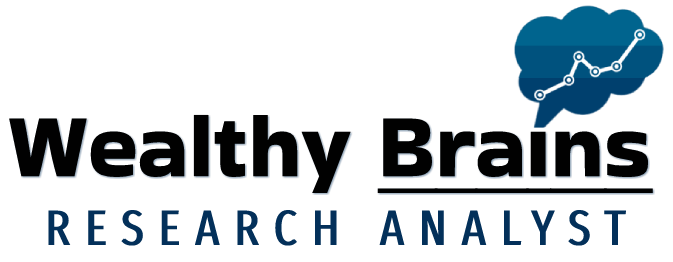‘This helps the consumers secure more favourable terms from CIs.’

Kindly note the image has been published only for representational purposes. Photograph: Pabitra Kaity/Pixabay
Credit institutions (CIs) and credit information companies (CICs), or credit bureaus, have since January this year started updating data fortnightly, moving from a monthly format.
This follows the Reserve Bank of India’s nudge for fresher data, given the faster turnaround time in credit underwriting through digital means.
Bhavesh Jain, managing director (MD) and chief executive officer (CEO) of TransUnion Cibil, spoke with Raghu Mohan/Business Standard over the phone on the changes expected.
Now that credit bureau data is upgraded on a fortnightly basis, how do you think this will change the lending culture?
CIs get fresher data when underwriting or extending additional lines of credit.
For consumers, if they’ve made a payment or updated their credit file, it’s immediately reflected in their reports. This helps them secure more favourable terms from CIs.
And how will this address the current issue facing lenders (and the regulator), which is over-leverage in the retail segment?
On the credit bureau side, year-on-year, delinquencies in the retail portfolio have actually improved. Let me break it down into the secured and unsecured segments.
On the secured side, delinquencies have improved across home and auto loans, and similar products.
On the unsecured side, personal loans have remained stable in terms of delinquencies.
However, despite multiple interventions and advisories, the unsecured product where delinquencies have increased is actually credit cards.
Credit-card delinquencies have risen by 30 basis points.
At the same time, their originations have decreased. So, the denominator effect has played a role in the increase of delinquencies for credit cards.
When we look at micro, small and medium enterprises (MSMEs), delinquencies and portfolio quality are stable.
I think this stability is due to multiple factors: one, the prudence shown by credit institutions in underwriting borrowers diligently, ensuring proper practices is being followed when on-boarding customers.
Two, consumer awareness has also increased significantly; they can check their free annual credit report on Cibil.com.
And we’ve seen that borrowers who actively monitor their credit reports tend to perform better.
In addition, we are also running multiple education initiatives, like the free annual credit report, to help consumers better understand the importance of good repayment history.
How does the Account Aggregator (AA) framework come into the picture?
It complements credit information by providing account balance and transaction data.
This additional data helps CIs better understand cash flows and credit obligations.
These data points can be integrated into the underwriting process as well as the consumer evaluation process, offering a clearer picture of credit obligations and cash flows based on bank statements coming through the AA.
For CIs, this provides extra information that enhances their ability to assess risk and better understand their consumers.
It allows them to underwrite more accurately, which is the main benefit that AAs bring to the table.
For a layperson, a credit bureau is an entity that provides a score, and you use it to get a better deal.
Can bureaus now offer more services to regulated entities and diversify their revenue streams?
Firstly, CICs are governed by the Credit Information Companies (Regulation) Act (2005) or the CICRA Act, which defines the data that can be made available to them.
In terms of services, the Act enables us to provide one free annual credit report to consumers.
The credit score, which accompanies the credit report, helps consumers engage with credit institutions regarding their credit obligations.
The credit report and score assist financial institutions in evaluating a borrower’s ability to repay and help determine the terms of the loan.
However, credit information is just one part of the broader underwriting process.
There are other data points that go into evaluating a consumer, whether they are in the retail or MSME sector.
The Act also outlines the data available to CICs and the services we can offer to CIs and consumers.
How far are we from bespoke structuring of offerings and pricing?
The CICRA Act defines the broader mandate for CICs, which involves reporting credit data from banks, non-banking financial companies, regional rural banks, and cooperative banks.
CIs use this data at the underwriting stage.
While the credit report and credit score become integral parts of the process, other information about the applicant, such as their financials, is also considered.
Multiple data points go into underwriting a borrower and credit history and credit score are just components of the overall process.
Similarly, when CIs re-evaluate credit limits or renewals, credit history and score are part of that subset.
In summary, CIs rely on CICs for credit and risk management, and the data reported by CICs is submitted to the institutions on a fortnightly basis.
The Act also defines the pricing structure available to CICs. It specifies the pricing for data reporting, the type of data available, and the overall pricing framework.
The Act broadly outlines the responsibilities and guidelines for both credit institutions and CICs.
Additionally, it defines consumer rights, such as the entitlement to one free annual credit report.
In essence, the Act lays out the dos and don’ts, and the responsibilities of both parties.
Feature Presentation: Aslam Hunani/Rediff.com




